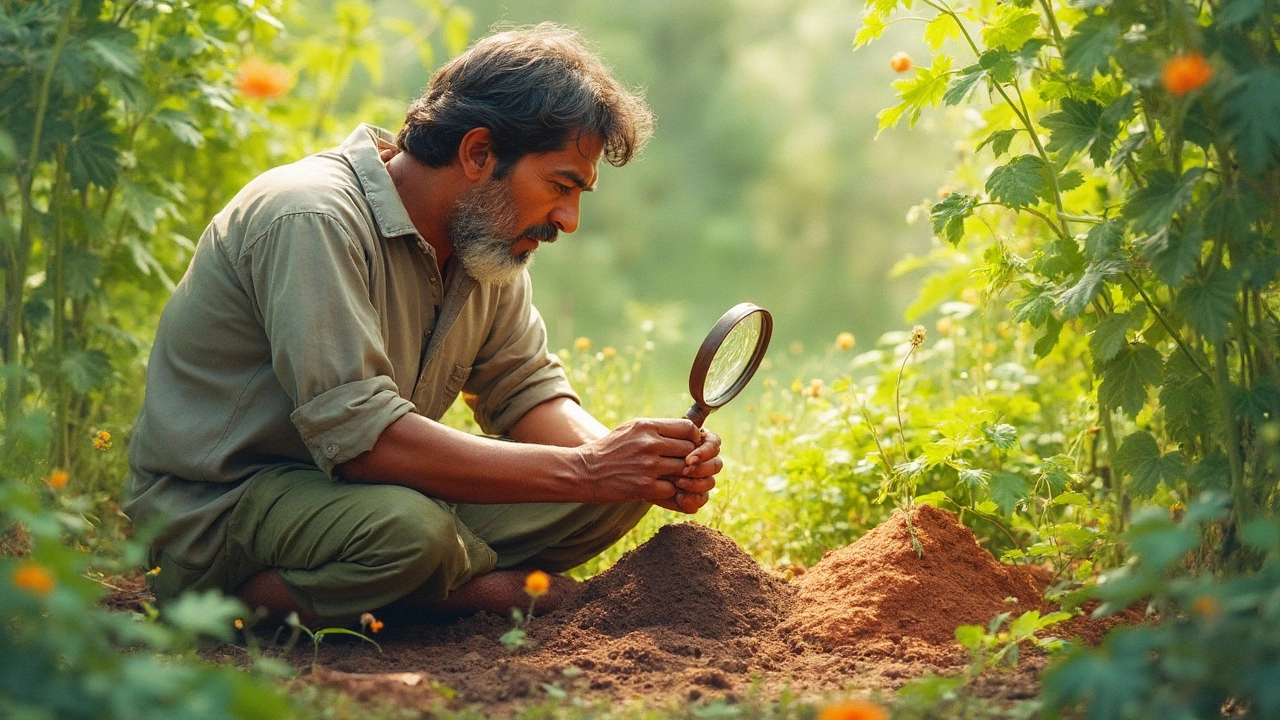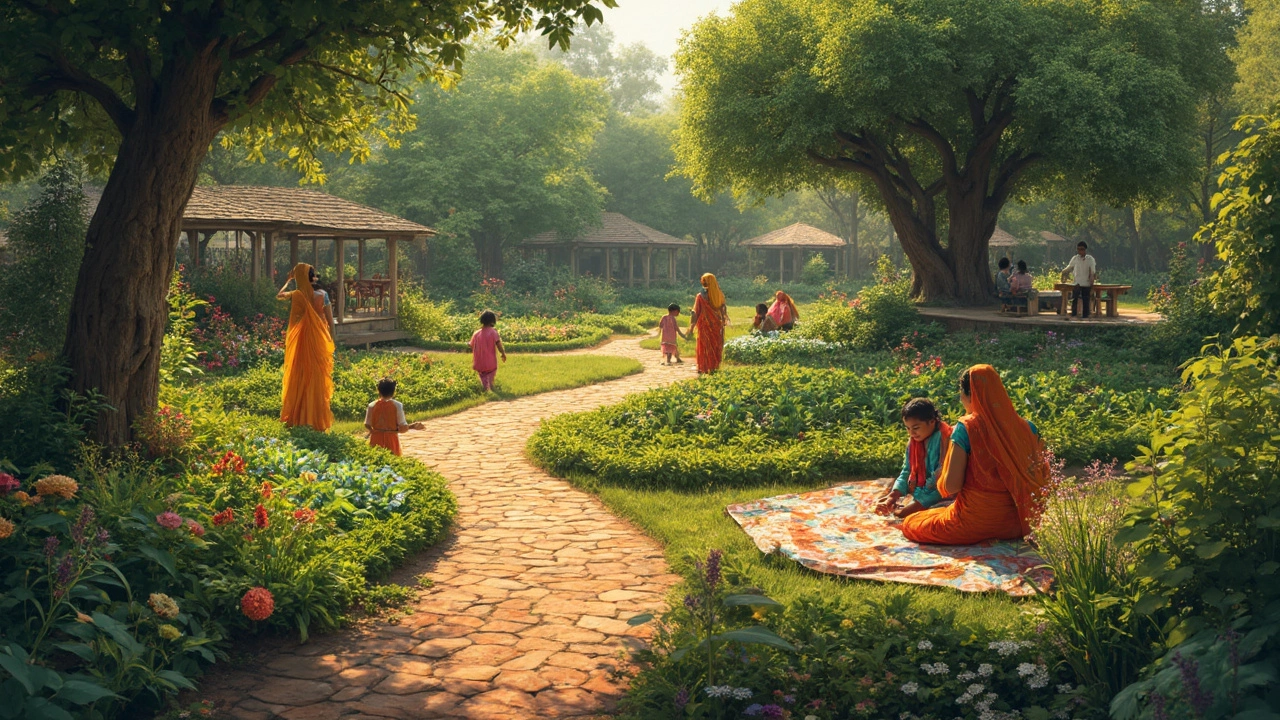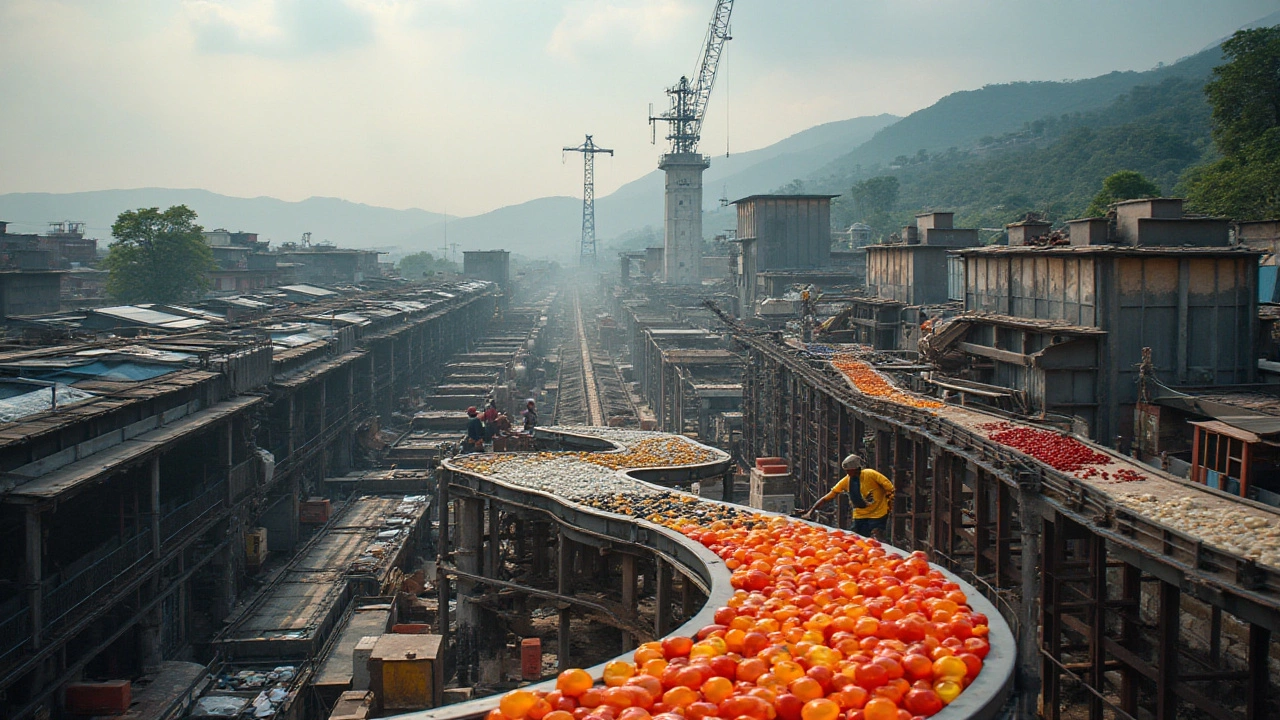Garden Soil: Basics, Care, and Sustainable Practices
When working with garden soil, the medium that supports plant roots, stores nutrients, and regulates water. Also known as soil bed, it forms the foundation of any successful backyard, balcony, or container garden. Understanding its texture, structure, and biological activity is the first step toward thriving plants.
Soil moisture is a key attribute of healthy garden soil. In the first mention, soil moisture refers to the amount of water held in the soil pores that plants can absorb. It influences aeration, nutrient uptake, and root growth. The right balance prevents wilting and avoids root rot. Simple tools like a finger test or a moisture meter can tell you if the soil is too dry, just right, or overly wet.
Adding organic matter boosts both structure and fertility. Compost is decomposed plant and kitchen waste that enriches soil with microbes, nutrients, and humus. When mixed into garden soil, compost improves water retention, especially in sandy zones, and loosens heavy clay so roots can breathe. A thin layer of compost applied each season keeps the soil lively without over‑feeding.
Efficient watering ties directly to soil health. Drip irrigation delivers water slowly at the root zone through tubes or emitters reduces evaporation and minimizes weed growth. Installing a basic drip system is cheaper than you think and works well with raised beds, containers, or in‑ground plots. Pair it with a timer and you’ll maintain consistent soil moisture without daily guesswork.
Many gardeners overlook the power of minimal disturbance. No‑till gardening means avoiding soil turning and instead layering organic matter on the surface. This practice preserves soil structure, protects beneficial microbes, and cuts down erosion. Over time, the top layer becomes a living mulch that feeds the soil from above, making re‑hydration easier and lowering the need for frequent watering.
Beyond moisture and amendments, soil health also depends on pH, nutrient balance, and the presence of earthworms. Testing the soil every few years tells you if you need lime to raise pH or sulfur to lower it. If nitrogen feels low, a dash of compost or a green‑manure crop can restore balance without chemical spikes.
Putting it all together, a thriving garden soil ecosystem looks like this: well‑structured blend of sand, silt, and clay, enriched with compost, kept at optimal moisture through drip irrigation, and left undisturbed with no‑till practices. Each element supports the next—compost improves moisture retention, proper moisture enables microbes to break down organic matter, and no‑till protects those microbes.
Now that you have a clear picture of what good garden soil entails, the articles below will dive deeper into each aspect. From daily watering myths to quick fixes for hard, dry beds, you’ll find practical tips that you can start using in your garden today.
Understanding the Difference Between Garden Soil and Topsoil
Garden soil and topsoil are often thought to be the same, but they serve different roles in gardening. While both are crucial for plant growth, understanding their differences can help you choose the right one for your needs. Discover the specific characteristics of each type and learn how to enhance your garden by using them effectively. This guide will explore how soil composition affects plant health, offering practical tips for improving your garden's soil.
- manufacturing
- India
- food processing
- garden tips
- rice cultivation
- government schemes
- balcony garden
- urban gardening
- balcony gardening
- profitable business
- business ideas
- plastic manufacturing
- drip irrigation
- plant care
- steel manufacturing
- sustainable gardening
- startup ideas
- steel industry
- flower gardening
- textile manufacturers






